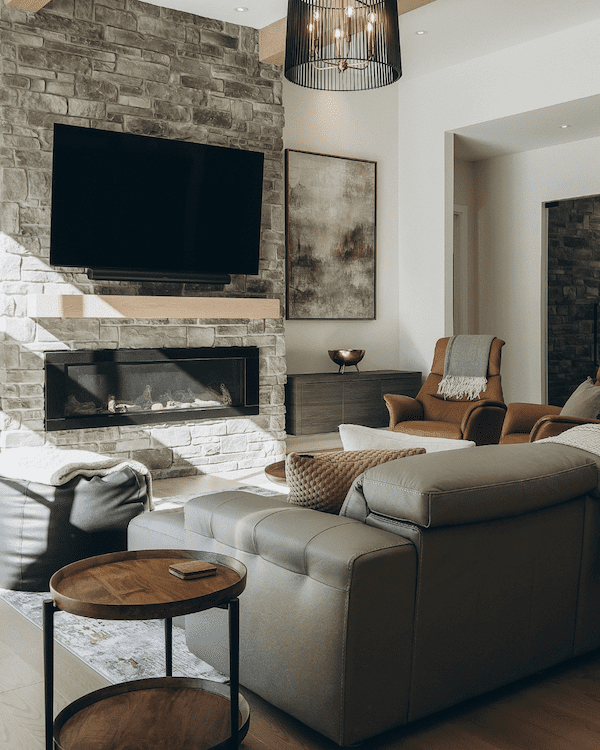I hate rules. Yes…I realize rules are there for a reason…but decorating rules? I generally don’t like anyone or anything that tells me what to do…lol.
And yes, the irony of me telling you what to do (and not to do) in this blog every week is not lost on me!
So today, I dare you. I dare you to break the rules…at least the decorating rules. Okay, only the decorating rules.
Because here’s the truth. So many of the “rules” homeowners follow are outdated, and they’re the exact reason your home might still feel a little flat or underwhelming even after you’ve done everything “right.”
The homes that truly stop you in your tracks — the ones that feel stylish, personal, and timeless — aren’t the ones that follow every rule in the book. They’re the ones that bend them, twist them, and sometimes toss them right out the window.
So let’s talk about five decorating rules it’s officially time to break. And how doing so can completely transform the way your home feels.
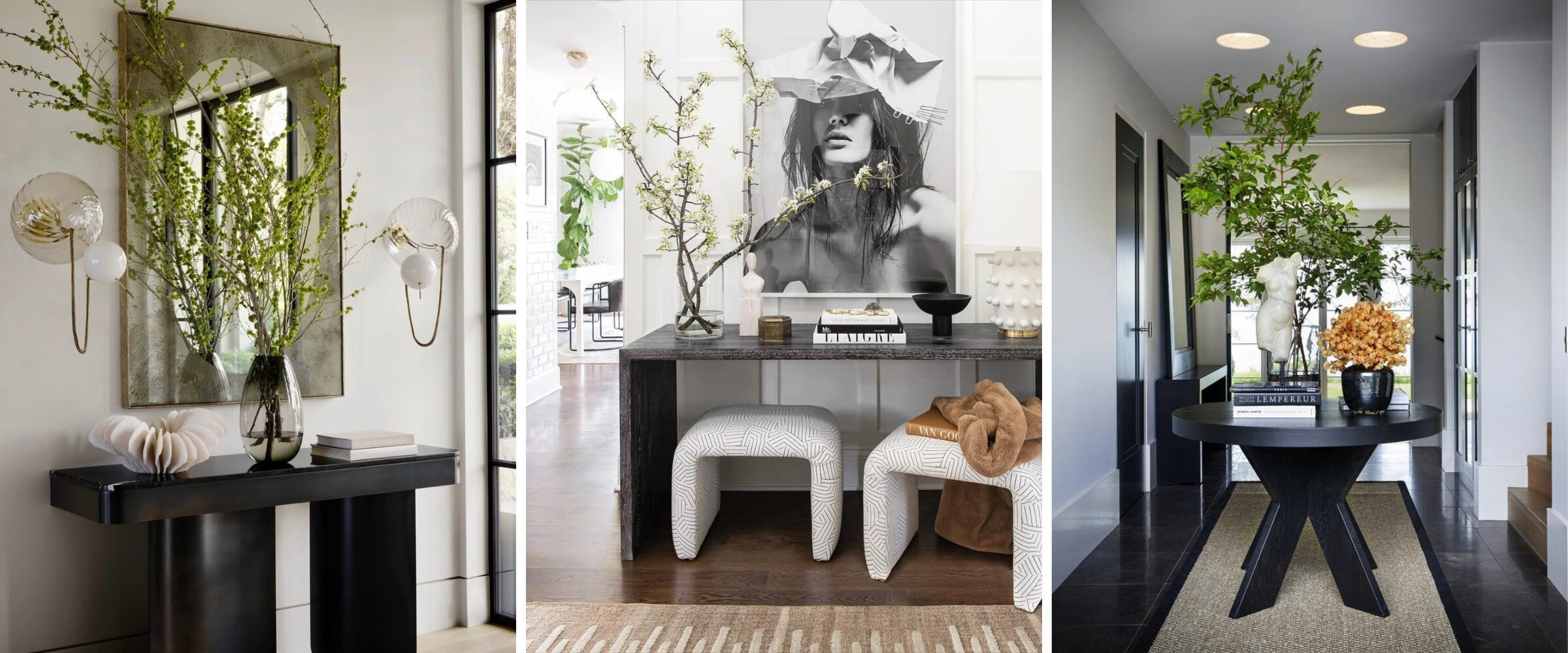
Images via Pinterest.
Rule #1: Small rooms need small furniture
When I was in university, my parents would often buy me things for my little apartment. And for some reason, they always thought the smaller the better.
I specifically remember cookware — pots and pans so teeny-tiny it looked like I was going to cook one single portion at a time. The problem was, I never cooked that way. I’d batch cook meals for several days so I didn’t have to cook every night. Those little pots were completely impractical for how I actually lived.
And you know what? Small furniture in small spaces reminds me of those tiny pots and pans.
At first glance, it seems logical. You know, the “If the room is small, the furniture should be small” logic. But here’s the problem: when you cram a room full of dainty little pieces, it doesn’t feel bigger. It feels cluttered, chaotic, and kind of like dollhouse furniture.
The truth is, it’s not about the size of the room. It’s really about the scale and proportion of a room that truly matters. Sometimes one larger piece, like a sectional that hugs the walls or a generously sized rug, actually makes the space feel bigger and more intentional. Your eye has somewhere to land, and the room feels more grounded and pulled together.
So don’t be afraid of going bigger in a small room. Just like cooking, it’s about making choices that actually serve the way you live, not just what seems “logical” on the surface.
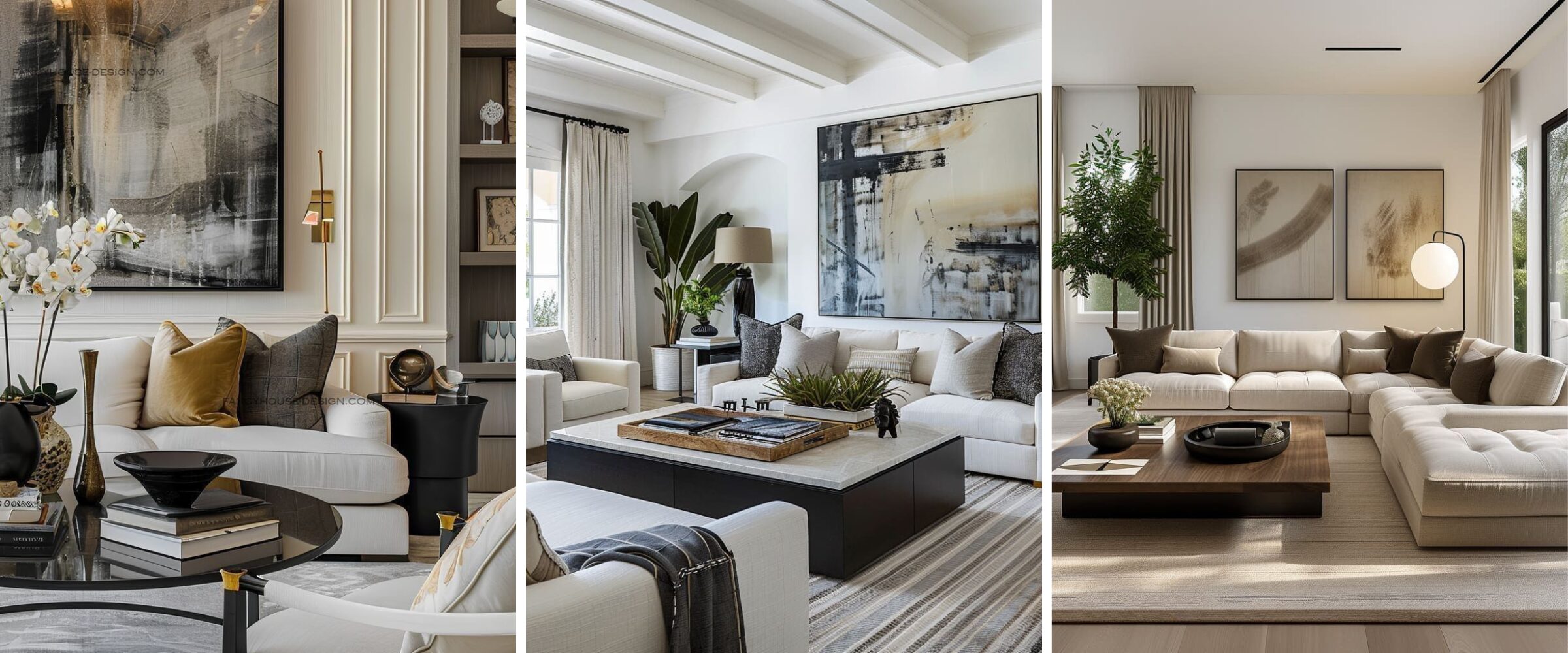
Images via Pinterest.
Rule #2: “You need to buy matching furniture sets”
If I had a dollar for every time someone told me, “We were shopping the Boxing Day sales and found this living room set at a great price!” …well, let’s just say I’d have travelled the world twice already.
I get it. Buying a whole set feels like the easy, no-brainer solution. One decision, everything coordinates, and you score a deal. Who wouldn’t be tempted?
But here’s the thing. Those matching sets almost always leave your space looking flat, predictable, and like you just plopped a furniture showroom into your house. There’s no personality, no story, nothing that feels you.
I once worked with a couple who did exactly this. They moved into their forever home, hit up a big sale, and bought the entire living room package — sofa, loveseat, chairs, and tables. Sure, it matched. But the space felt lifeless, like an old Sears catalogue spread.
When I came in, we mixed things up. We brought in different side tables, covered the accent chairs in a different fabric, and added lighting that contrasted with the wood tones. Instantly, the room came alive. Suddenly it felt collected and curated, like it had evolved over time, instead of boring and cookie-cutter.
Here’s the truth. Cohesion doesn’t come from buying a “set.” It comes from repeating colours, balancing textures, and layering styles in a thoughtful way. That’s what makes a space timeless and personal.
Next time you see that “living room set” on sale, pause and ask yourself: Do I want a space that looks like a store display…or one that actually feels a bit curated?
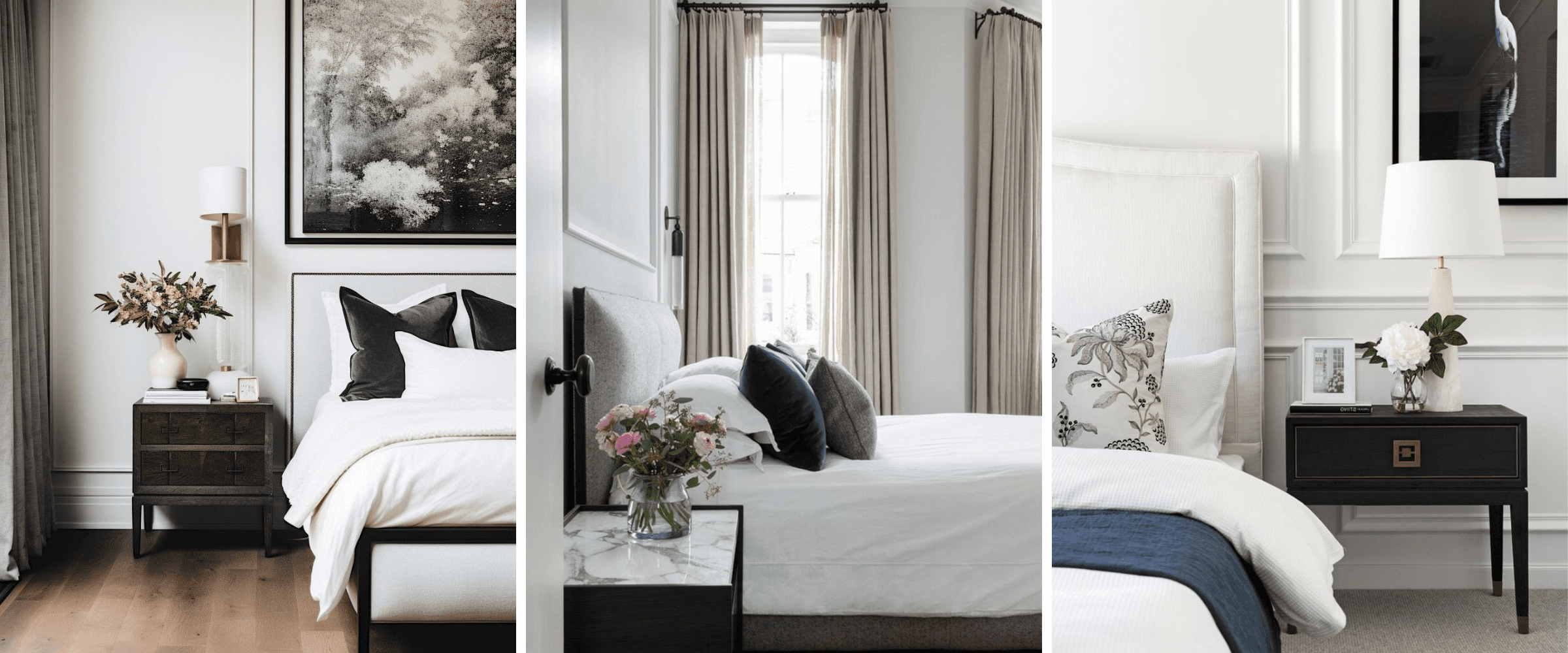
Images via Pinterest.
Rule #3: “Dark colours make a room feel smaller”
This one is probably the most common fear I hear when people are choosing paint:
“I’d love to try a darker colour, but won’t it make the room feel tiny?”
Here’s the thing. That belief is completely outdated.
Dark colours don’t automatically shrink a room. What they really do is change the mood. A deep navy, charcoal, or even black can add incredible depth, intimacy, and drama. Instead of making a space feel small, dark walls often make it feel enveloping, like the room is giving you a great big hug.
Think about a powder room painted in a moody emerald green, or a bedroom wrapped in rich burgundy. Instead of cold and cavernous, those rooms feel cozy, luxurious, and inviting. The trick is pairing the darker walls with thoughtful lighting and lighter elements for balance, so it feels layered rather than heavy.
The truth is, the size of your room has less to do with the paint colour and more to do with how you use proportion, lighting, and flow.
So if you’ve been avoiding dark tones because you’re afraid they’ll make your space feel smaller, consider this your permission slip. Lean in. A dark room doesn’t close you in. I like to think that it pulls you in.
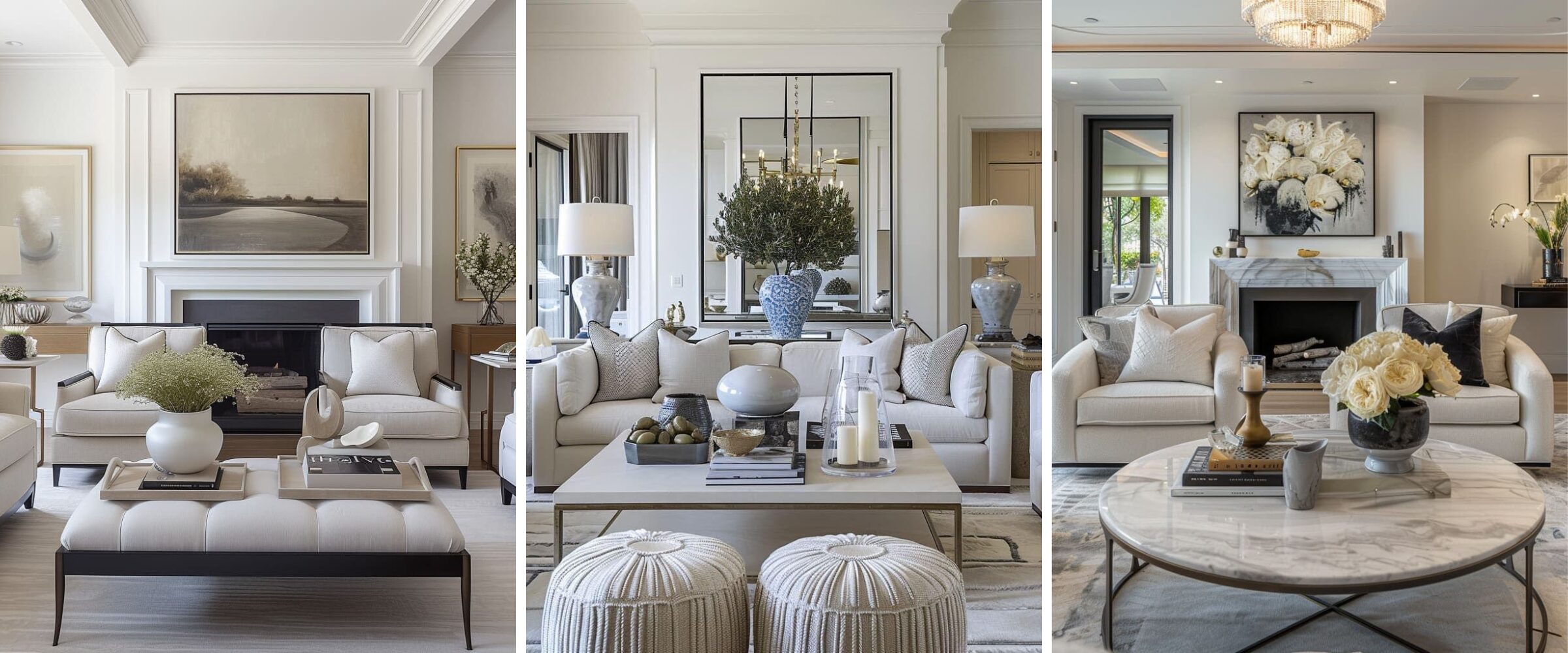
Images via Pinterest.
Rule #4: “Neutral = timeless”
Neutrals get way too much credit in the design world. Somewhere along the way, “timeless” became code for beige everything. Beige sofa, beige walls, beige rug, beige curtains.
Now, don’t get me wrong. I love a good neutral palette. I also love beige. And beige is having a moment in design right now. A big moment. But here’s the truth. Neutrals on their own don’t equal timeless. They often just equal…boring. And that’s because most people don’t know how to use them to create interest.
What actually makes a room timeless is how you layer your neutrals with texture, tone, and personality. A creamy sofa feels so much richer when it’s paired with a walnut coffee table, a patterned rug, or brass lighting. A neutral bedroom becomes dreamy and timeless when you bring in layers of linen, wool, and wood.
The mistake most people make is thinking that by keeping everything neutral, they’re playing it safe and future-proofing their home. But without contrast, without texture, without soul, those spaces end up feeling flat and forgettable.
Here’s the secret. Neutrals are a backdrop, not the whole story. They’re the canvas you build on, not the entire painting.
If you really want your home to stand the test of time, don’t stop at neutral. Layer it. Add texture. Mix tones. That’s what turns “safe” into stunning.
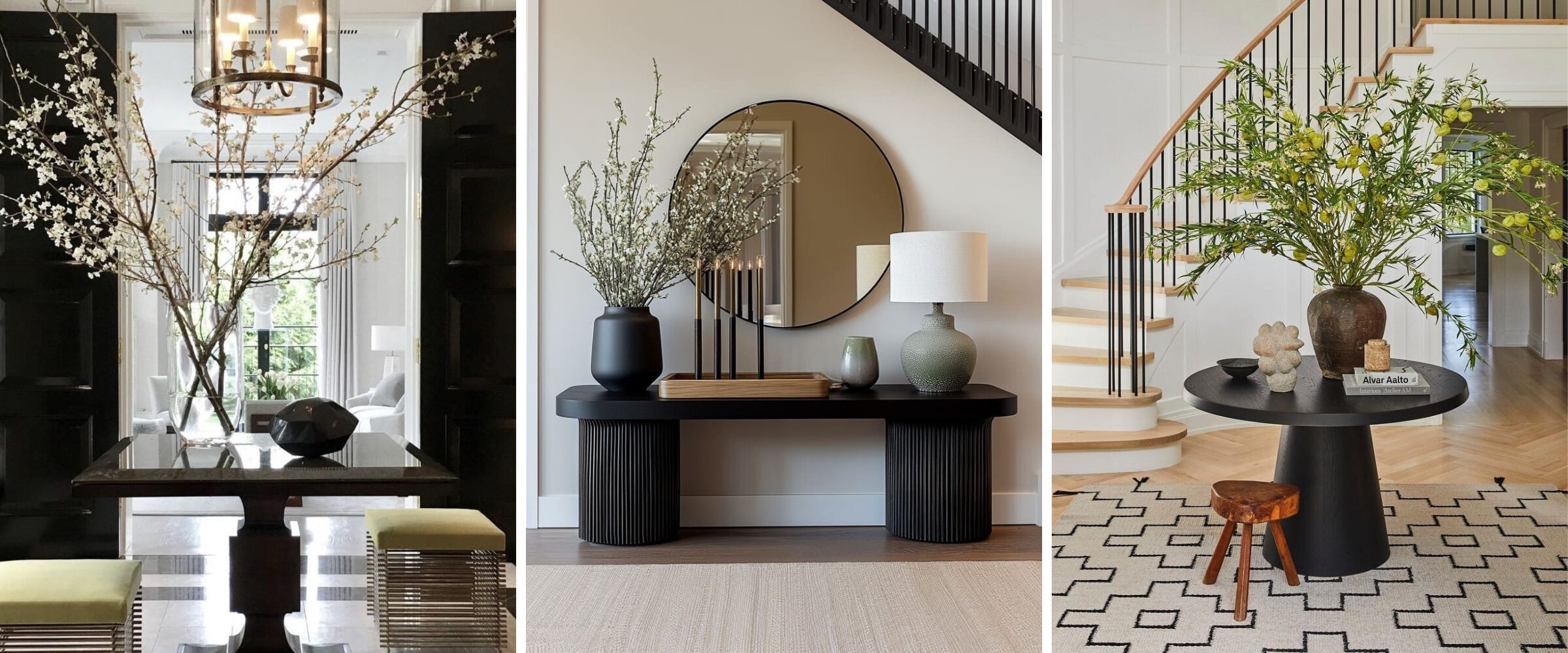
Images via Pinterest.
Rule #5: “Ceilings must be white”
Ah, let’s talk about the boring ceiling. For decades, it’s been treated as an afterthought. Paint it white and call it a day. Why? Because that’s what builders did. White was the default, the easy choice, the “no one will notice anyway” option.
But your ceiling is your fifth wall. And when you give it some attention, the whole room changes.
A painted ceiling in a moody colour can make a dining room feel more intimate and dramatic. A soft blush ceiling in a bedroom can add warmth and a subtle glow. Even a patterned or floral wallpaper overhead can draw the eye up and give a space an unexpected wow factor.
The truth is, a white ceiling isn’t wrong but it’s not the only choice. Sticking to white because it feels “safe” means you’re missing an opportunity to add depth, personality, and surprise to your room.
So next time you’re painting a space, don’t forget to look up. The ceiling might just be your biggest untapped design opportunity.
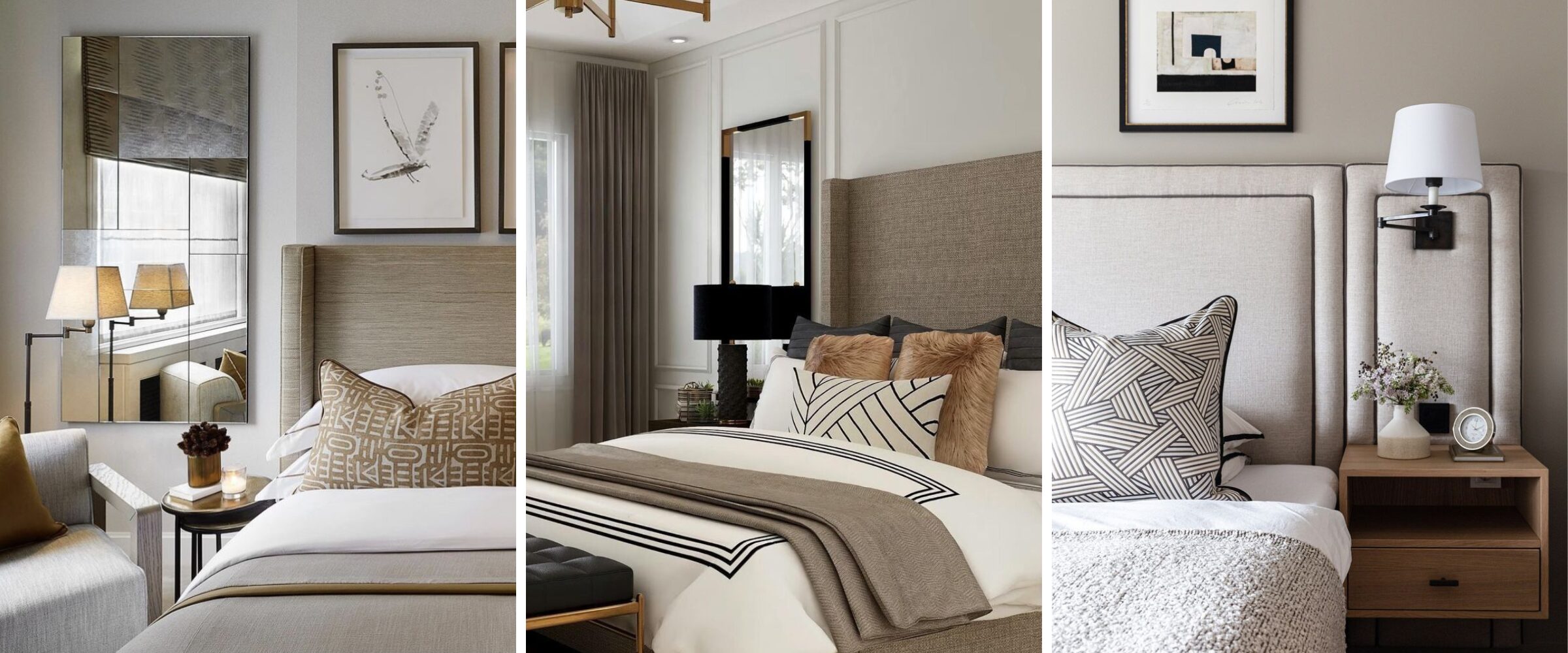
Images via Pinterest.
Final Thoughts
So there you have it. My take on five decorating rules that deserve to be broken.
And here’s the best part. When you let go of the “shoulds” and start making choices that actually feel like you, your home starts to tell your story. It becomes less about following someone else’s rulebook and more about creating a space that feels personal, timeless, and deeply yours.
Of course, knowing which rules to bend (and how far to bend them) can feel a little daunting when you’re staring at your own living room. That’s exactly where I come in.
Think of Room Rx as your personal design “prescription”. I’ll show you what’s not working in your space, what rules are worth breaking, and the exact changes that will make your room finally feel pulled together.
👉 Ready to break a few rules with me? Learn more about Room Rx here.

